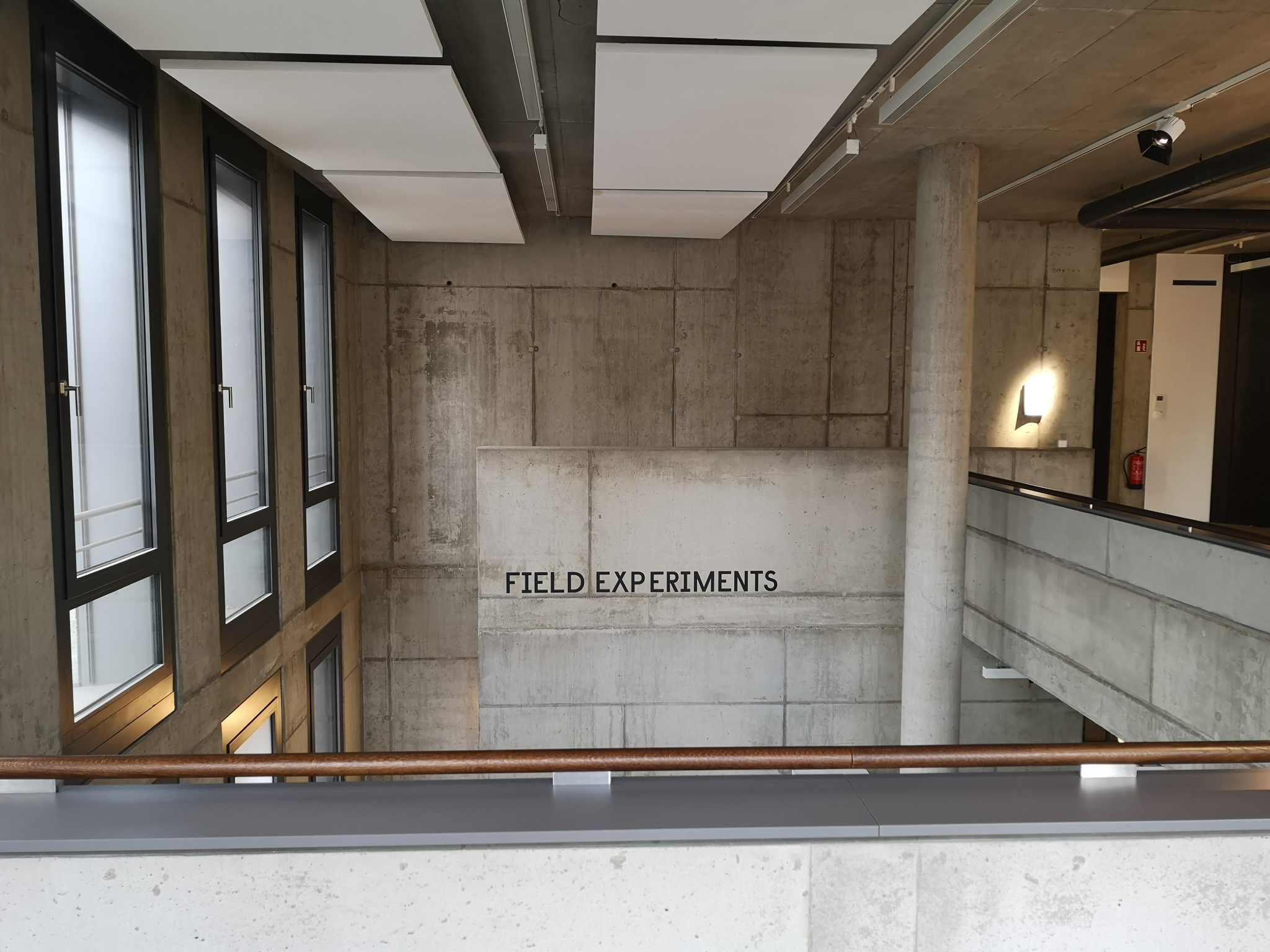Long Walk – Berlin
Overview
Through the generous support of Goethe Institut – Toronto and the Canada Council for the Arts, research lead Jerrold McGrath was able to conduct a 10-day engagement in Berlin, Germany from January 27, 2020 to February 5, 2020. In addition to full participation in transmediale and CTM, we explored partnership opportunities with the BMW Foundation, ZK/U, artist Caroline Sinders, Künstlerhaus Bethanien, artist Jörg Reckhenrich, STATE Studio, AI ethicist Lorena Jaume-Palasi, Steffen Stauber + Create Meaning Co-Creation Space, artist Baruch Galao, and the Stiftung Neue Verantwortung (SNV).
The downloadable document below provides a summary of the events and organizations encountered during the visit.
Summary Recommendations
COVID-19 is restructuring international exchange. However, opportunities can and should be supported to encourage learning and exchange between Germany and Canada and specifically between the cultural AI communities in Berlin and Toronto.
The focus of the visit was to explore opportunities for shared learning between Canadian arts organizations and activities in Berlin with a focus on the intersections of equity, artificial intelligence, and cultural production. Key themes are summarized here:
Platforms are Ominous
A recurring theme across conversations and events over the 10-day visit was a profound anxiety about how both material and digital platforms are mutating under the pressures of capitalism. Whether discussing the structures of populism (BMW Foundation), the internet (transmediale), artificial intelligence (all), urban design (ZK/U), or the environment (STATE), institutions were positioning their advocacy and work in opposition to the ossification of moral positions perceived as harmful. The general public seemed to have a greater awareness and understanding of issues of infrastructure that barely register in Canadian political life. Professions of hopelessness were frequent. There was a near-universal desire to resist the dehumanizing qualities of platforms.
Problem meets Practice
Unfortunately, the calls to resist dehumanizing platforms were not matched by references or examples of contemporary practices to deliver on this commitment (with the exception of ZK/U). In fact, many argued for the futility of doing art in these times. Furthermore, few offered contemporary models of effective resistance. This is likely a product of the events and conversations undertaken, but the distance between theory and practice was pronounced. Calls to nostalgia shaped discussion in the form of remembrances of better days rather than aspirations to better futures. Artworks at both transmediale and CTM tended toward the didactic and were rooted in a specific and shared moral position about the threats of capitalist excess and the inevitability of surveillance.
Performances of Equity
Questions and conversations around equity and intersectionality were common. Events were clearly acknowledging a history of exclusion and choices were made to convene diverse speakers and presenters. These efforts often felt hesitant or partial. For example, at transmediale, traditionally excluded communities were often represented in the role of “respondents”. Talks were given, often by white men or women, and then a more diverse panel of respondents would offer their thoughts. Event sections were opened by a more diverse community of creators but the centrality of historically privileged positions and identities was evident. Art pieces were drawn globally but the creators were generally not present to discuss the work. Interpretation was turned over to the audience. Relatedly, audiences rarely reflected the efforts at diversity presented on stage. This was true of CTM, transmediale and BMW Foundation events equally. The BMW Foundation hosted an evening event which centered on the presentation of works by racialized visual artists based in Berlin. The audience, drawn from the BMW Foundation’s Responsible Leaders Network, were societal leaders addressing the United Nation’s Sustainable Development Goals. The artists were majority racialized while the attendees were overwhelmingly not. While the language of equity was consistent and strongly held, the practice of designing spaces to support these normative positions was less well developed.
Empty Spaces
Berlin offers an incredible array of spaces for the creation and presentation and sharing of culture. Many of these spaces felt empty and under-used. Galleries, theatres, cultural centres hosted events but were sparsely activated or uninhabited for much of the time. As an outsider, Jerrold was struck by the potential in these spaces and the density of interactions they might support. Perhaps residents of Berlin have grown accustomed to the numerous cultural spaces available to them. As a resident of Toronto where access to cultural spaces seems to be decreasing consistently, he found himself deeply envious of the opportunities on hand and confused by the lack of intention in leveraging them.
Summary
These are impressions drawn from a short visit of 10 days situated in a very specific set of events and conversations. They are offered as a snapshot and initial interpretations of a moment in time. The thrust of the experience was directed toward exploring intersections of art and artificial intelligence and not the cultural ecology broadly. However, these ideas are shared to justify the recommendations that followed.
What was most evident was the incredible opportunity for long-term exchanges around emerging practices in artificial intelligence and culture. Diversifying the ontological assumptions that inform the development of AI practices would serve to enrich both Berlin-based and Canadian creators. Berlin’s cultural producers are operating from a much more sophisticated base level of understanding of the implications of AI on society.
However, the concepts that inform dialogue draw on the same assumptions and theory across the fields of art, policy, ethics, and activism. Regardless of the event or the presenter, similar assumptions about surveillance capitalism, institutionalized control, and the failure of the promise of the internet were echoed. Canadian creators are just starting to wake up to the potential implications of algorithmic technologies but are already demonstrating a capacity to entangle Indigenous and diasporic approaches in a practice of response.

